Success stories to mark the South Downs National Park’s birthday
March 25, 2024
The creation of a National Park in the South Downs was first mooted in the 1920s when public concern was mounting about the threats to the downland.
It would take decades before calls for a National Park along the ever-expanding south coast conurbation gathered pace and, following two major public inquiries, hundreds of meetings and passionate campaigning from local communities, the South Downs National Park finally came into being on 31 March, 2010.
The dream of many became a working reality when 1,600km2 of England’s most-cherished lowland landscape was designated for the nation as a special place for natural beauty, wildlife and cultural heritage.
Fourteen years on it’s still as special.
As we mark the 14th birthday of your National Park, we look at 14 success stories for the UK’s youngest National Park.
Wildlife bouncing back
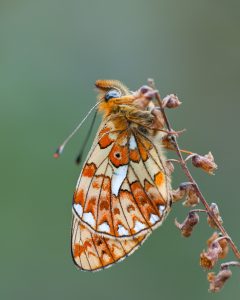 There’s been some incredible stories of birds, mammals, invertebrate and plant species bouncing back. It’s largely down to improvements in habitat, more nature-friendly farming, creation of new habitat, some re-introductions and a concerted effort between rangers, local communities and partners. Just some examples include otters returning and water voles thriving after reintroduction on the River Meon, farmer-led projects to support farmland birds such as the grey partridge, the return of short-eared owls to Seven Sisters Country Park, and pearl bordered fritillaries returning to downland hotspots. There’s still a long way to go to tackle biodiversity loss, but there are the green shoots of recovery in many places.
There’s been some incredible stories of birds, mammals, invertebrate and plant species bouncing back. It’s largely down to improvements in habitat, more nature-friendly farming, creation of new habitat, some re-introductions and a concerted effort between rangers, local communities and partners. Just some examples include otters returning and water voles thriving after reintroduction on the River Meon, farmer-led projects to support farmland birds such as the grey partridge, the return of short-eared owls to Seven Sisters Country Park, and pearl bordered fritillaries returning to downland hotspots. There’s still a long way to go to tackle biodiversity loss, but there are the green shoots of recovery in many places.
Access for all
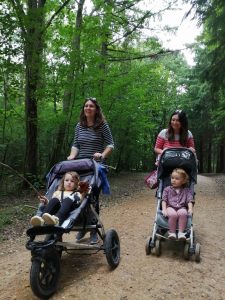
Miles Without Stiles routes have been created for people with limited mobility and families with pushchairs, together with a fleet of mobility scooters at key sites. The Egrets Way in East Sussex and Centurion Way is West Sussex have helped to connect busy urban areas to the heart of the National Park. Well over 50km of new or resurfaced cycle and multi-user paths have been installed and the South Downs has over 3,300km of public rights of way – the largest network of public paths of any National Park.
Local Plan
The award-winning South Downs Local Plan, covering 2014 to 2033, replaced more than 1,000 overlapped policies that were in existence across the area of the National Park with 92 clear policies covering all aspects of planning. The Local Plan supports delivery of vital “ecosystem services”, which are the services provided by the environment, such as clean water and air, dark night skies and tranquillity. The affordable housing policy prioritises on-site provision of rented affordable homes.
Seven Sisters Country Park
Following a lengthy negotiation process, the National Park Authority took over full ownership and management of this iconic site in 2021. We’ve invested over £2m in a new first-class visitor facilities, as well as new accommodation for people to be able to enjoy this wonderful wildlife haven and implement exemplary land management for nature.
International Dark Sky Reserve
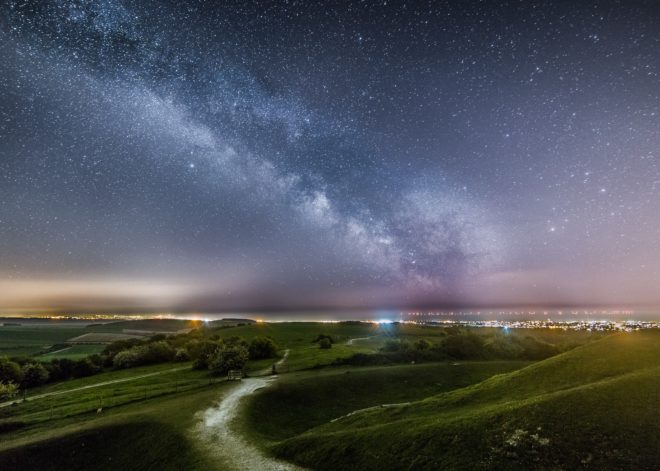
After a detailed application process and thousands of measurements, the National Park became an International Dark Sky Reserve in 2016 and is still one of only 22 in the entire world. It’s one of the most accessible places to go stargazing in the UK and tens of thousands of people have been inspired by our annual Dark Skies Festival.
Restoring lowland heaths
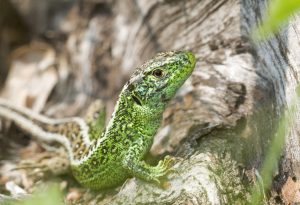
It’s a wildlife oasis rarer than the rainforest and home to some of Britain’s most endangered reptile, amphibian and bird species. Our Heathlands Reunited project has conserved and enhanced 23,825 hectares – or 18,000 football pitches – of lowland heath. An independent scientific assessment revealed the initiative was “significant” in restoring the ecological condition of the habitat.
Farming and food production
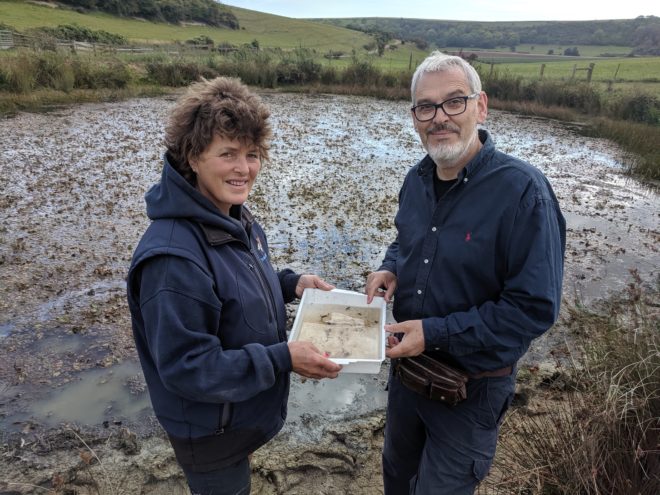
There are now five established Farm Cluster Groups in the National Park, covering approximately two thirds of the Park area. They range in size from 35,000ha to 6000ha, and have between 22 and 45 members. Members work collaboratively to deliver a joined-up approach to nature conservation across the landscape alongside sustainable farming practices.
The National Park Authority has administered the Farming in Protected Landscape programme and over 125 projects have taken a share of more than £1.6m, supporting everything from nature recovery to farm diversification.
Supporting our communities
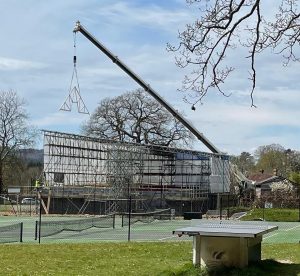
Over the past five years more than £7m of funding from the Community Infrastructure Levy (CIL) has been poured into hundreds of community projects across the National Park, from new access paths, pedestrian crossings, sports pavilions, community gardens and school facilities. Hundreds of businesses are now part of the Authority’s Our South Downs network, helping to support the rural economy.
Sharing and discovering cultural heritage
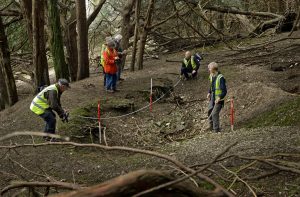
The Secrets of the Highwoods project discovered 2,298 sites of archaeological significance showing traces of people who had lived and worked on the South Downs. Seventy five per cent of this had never been recorded. A clutch of other heritage projects have explored archaeology, folklore, local history, and people’s diverse stories in connection with the landscape.
Young people
 Over 40,000 young people have been able to access learning opportunities in the great outdoors thanks to our grants that support local schools, including school trips in the National Park to learn more about nature, landscape and heritage.
Over 40,000 young people have been able to access learning opportunities in the great outdoors thanks to our grants that support local schools, including school trips in the National Park to learn more about nature, landscape and heritage.
Affordable housing
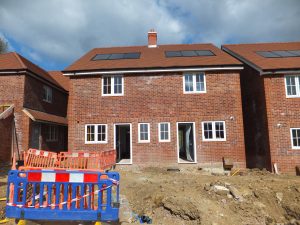
More than 370 affordable homes have been built, as well as permission for hundreds more. The Authority has supported community-led schemes that prioritise affordable housing for local people.
A National Park for all
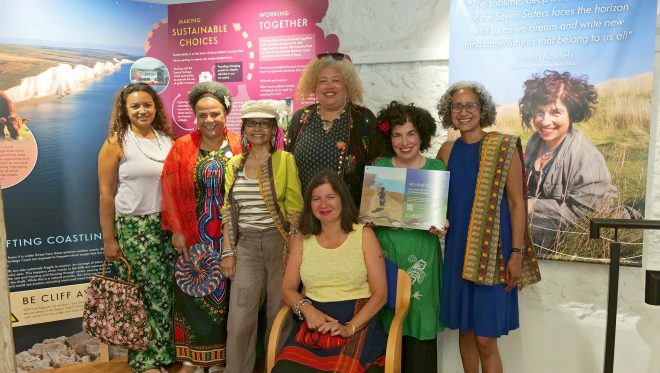
We’ve engaged with tens of thousands of people from all across the south east through our events and projects, including many people from diverse, underrepresented communities who may have discovered the joy of a National Park for the first time. Just one example of a legacy of this work is the “We Hear You Now” trail at Seven Sisters Country Park – an immersive audio experience produced by writers of global heritage. There are over 91,000 different volunteering days a year, supported by many different organisations, to conserve and enhance the National Park. Our social prescribing work has helped people dealing with mental health issues like anxiety, loneliness and depression to access wellbeing sessions in the National Park.
ReNature
We launched our pioneering ReNature initiative in 2021, aimed at creating new wildlife havens and improving existing wildlife habitats.
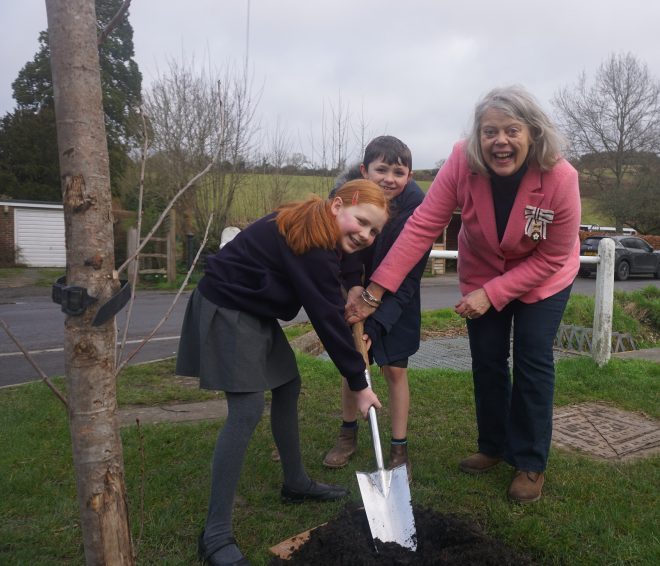
The initiative has already helped to create over 400 hectares of new wildlife habitat – or almost 1,000 football pitches – such as new ponds, grasslands and wildflower meadows, to help nature flourish.
In addition to newly-created wildlife havens, 4,312 hectares of existing habitat has been improved for nature – an area bigger than the city of Portsmouth. One strand of ReNature is “Trees for the Downs” and, so far, well over 60,000 new trees have been planted across 114 different sites. Our pioneering green finance work, launched in 2023, is dedicating swathes of land for Biodiversity Net Gain provision and has already signed over 31 hectares – almost 100 football pitches – to nature recovery on the Iford Estate, near Lewes.
Promoting climate resilience
The National Park developed the bid and is a leading partner in Ouse Valley Climate Action – a £2m lottery-backed to help make the region a national pioneer in tackling the climate change emergency.
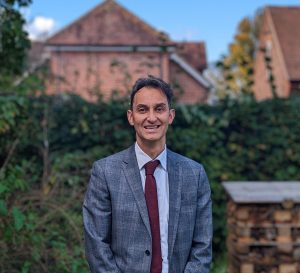 Tim Slaney, Chief Executive (Interim) of National Park Authority, said: “As we mark the anniversary of the creation of the South Downs National Park it’s important to look back as well as look forward, particularly this year as the UK’s National Park movement celebrates its 75th birthday.
Tim Slaney, Chief Executive (Interim) of National Park Authority, said: “As we mark the anniversary of the creation of the South Downs National Park it’s important to look back as well as look forward, particularly this year as the UK’s National Park movement celebrates its 75th birthday.
“Fourteen years is a comparatively short time and we’re still a young National Park, so there’s rightly a lot of pride in what’s been achieved so far for both nature and people. None of it would have been possible without the goodwill, dedication and support from local communities, farmers, volunteers and partners who have all worked with us to ensure this treasured landscape can continue being special and also evolve.
“Having a ‘green lung’ in the busy south east is more important than ever and I’m proud that the National Park continues to be a place where nature and people come together. There will be many challenges ahead, but we will continue to do everything we can to protect and enhance this world-class landscape for future generations to enjoy.”
